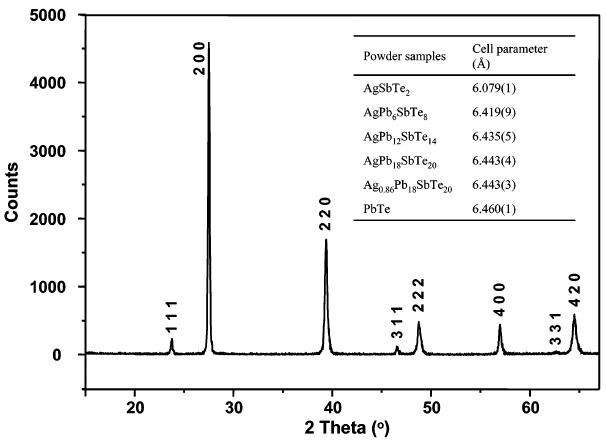
Intensities can be displayed on either a linear (default) or logarithmic scale. The background can be toggled on or off at any time.

Users can specify a background function by editing control points in an easy and intuitive manner.
CRYSTALDIFFRACT SPACE GROUP DETECTION FAILED PLUS
Zero Correction plus intensity offset and scale factor (for observed datasets).īackground Function. Instrumental Peak Broadening: constant values for constant-wavelength and EDX simulations variable broadening for time-of-flight neutron diffraction according to the specified instrument resolution (Δd/d) Peak Profile: Lorentzian, Gaussian, Pseudo-Voigt (variable eta), Delta Neutron Flight Path: total distance, in metres, for time-of-flight simulation. Wavelength (angle-dispersive diffraction)ĭetector 2θ Angle for energy-dispersive and time-of-flight simulations. Intensity as a function of time-of-flight, d-spacing, 1/d or Q-space (2π/d). Time-of-Flight Neutron Diffraction (neutron spallation source). Intensity as a function of energy, d-spacing, 1/d or Q-space (2π/d). Intensity as a function of 2θ, d-spacing, 1/d or Q-space (2π/d).Įnergy-Dispersive X-ray Diffraction, (synchrotron source).

Intensity as a function of 2θ, d-spacing, 1/d or Q-space (2π/d).Ĭonstant-Wavelength Electron Diffraction (e.g., powder rings in a transmission electron microscope). Intensity as a function of 2θ, d-spacing, 1/d or Q-space (2π/d).Ĭonstant-Wavelength Neutron Diffraction (e.g., reactor source). Site occupancy values and any atomic displacement parameters ("thermal ellipsoids") are also used in this calculation.Ĭonstant-wavelength X-ray Diffraction (traditional laboratory source). CrystalDiffract supports drag-and-drop loading of data files, which can correspond to saved diffraction experiments, crystal structure files, or text files containing real diffraction data.ĬIF - including multi-structure files (each structure generates a separate diffraction pattern, within the same window).ĬMTX (CrystalMaker text file: an easy, human-readable format: much safer than CIF!)ĬMDF (CrystalMaker binary crystal file, generated by versions 7 or later for Mac, or version 1 or later for Windows.)ĭirect Simulation Link via CrystalMaker's Transform > Powder Diffraction submenu, including "Live Powder Diffraction" mode.ĬrystalDiffract lets you simulate diffraction patterns from powdered samples, using a choice of X-rays or Neutrons Intensities are calculated using published atomic scattering factors / neutron scattering lengths, which can be viewed and edited in the program's Scattering Factors window.


 0 kommentar(er)
0 kommentar(er)
